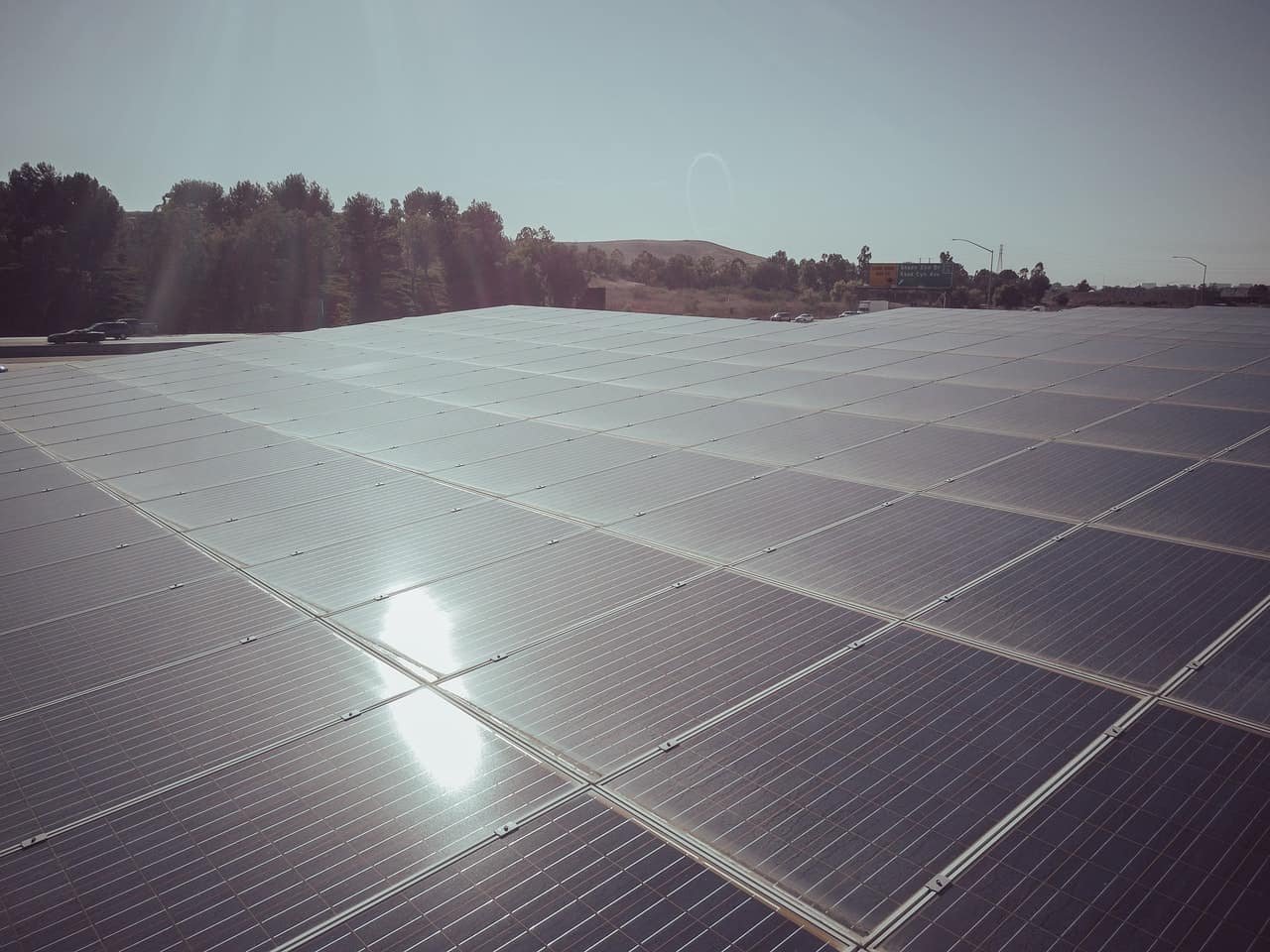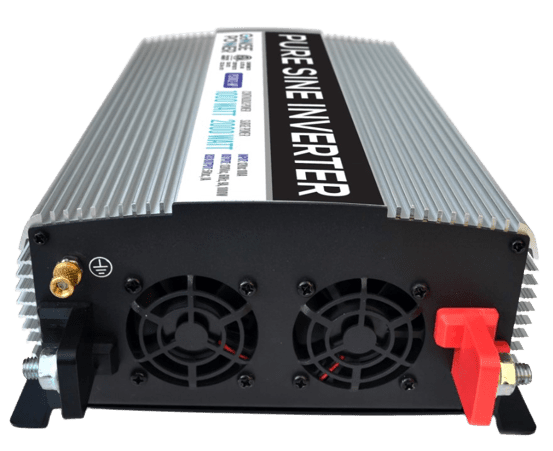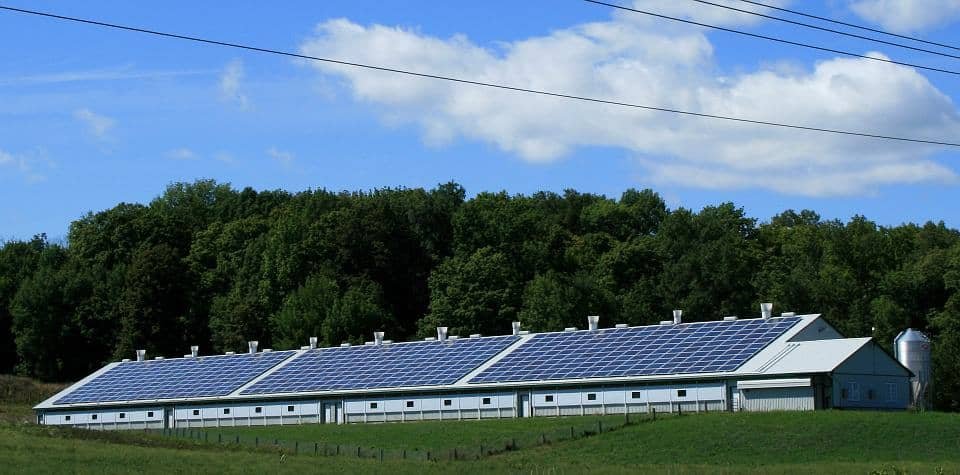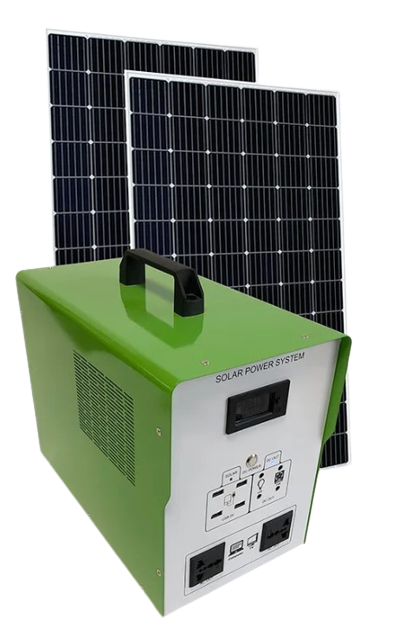Flexible solar panels are another name for thin-film solar panels. These panels aren’t ideal for everyone, as they often have very low efficiencies and wattage than other solar panels. But there are some situations where having flexible solar panels can be worth it.
This article explains what flexible solar panels are, their pros and cons, and when you might want to look at using these over traditional solar panels.
What Are Flexible Solar Panels?
As you might be able to guess from the name, flexible solar panels are solar panels that can bend and are much more flexible than standard panels. They are often also much thinner, which is what gives them the ability to flex and adjust to angles.
While these panels aren’t usually as efficient as other panels, they do have some positives that make them more usable in certain situations than traditional solar panels.
For one, they are thin and stick directly to the surface that they attach to. There is no need for brackets and mounts. This means that they don’t add any noticeable height to a structure. This is useful in cases like camper vans and RVs, where extra height can make them unable to pass under certain bridges and treelines.
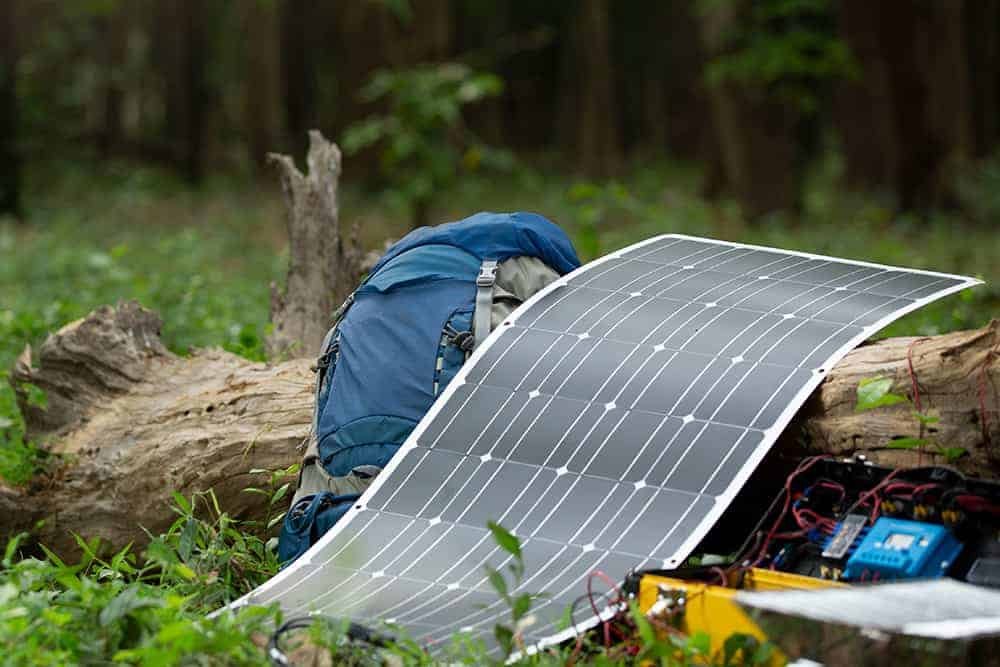
Additionally, the panels being thinner also means they are lighter. They can be placed on many surfaces that usually can’t support the increased weight of solar panels.
Their flexibility is also a bonus. With angled or curved roofs, many solar panels cannot be placed on the surface safely, or are so poorly angled that they don’t work well. Flexible solar panels, however, can be molded to fit almost any shape and angle, so they can be used on more curved surfaces like boats, RV roofs, or steep roofs without a problem.
One of the reasons they are so thin is that they don’t have rigid glass placed on top. This means they don’t have as much protection from the elements, but it also means they are often cheaper and quicker to install.
How Do They Work?
For the most part, despite their unique looks, flexible solar panels work similarly to any other solar panel. They are a fraction of the thickness of standard solar panels and they can bend and twist as well.
This makes them easier to fit on a variety of surfaces and angles you wouldn’t otherwise be able to place solar panels on.
However, that is really the most of their differences. They are still made from silicon and are still set up in solar cell shapes. (1)
There are two kinds of flexible solar panels. The first has the PV material printed on the surface of some sort of flexible material. Then there is also the crystal silicon design with silicon cells. This offers less flexibility but is much more common to find.
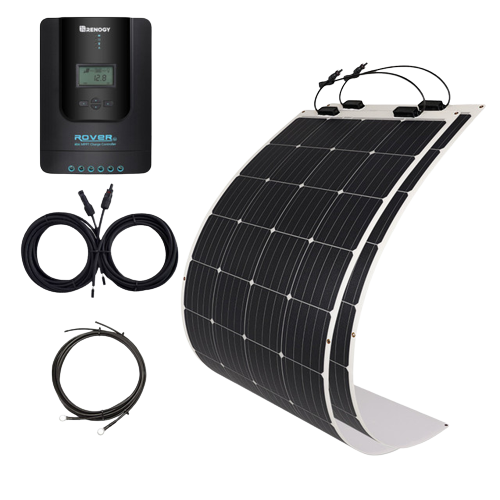
Most of these panels bend to about 30 degrees, though the more flexible ones can get up to 248 degrees of bending angle.
Since they don’t have the multiple layers of glass and materials to help the light bounce back through a few times, they are less efficient as well. Standard solar panels rely on the layers to pull as much energy from sunlight as possible. Since these panels don’t have as much space to do this, their efficiency is pretty low in comparison.
Related Articles:
Pros and Cons
Pros
- Cheaper due to fewer materials needed to produce
- Add little to no weight to a surface
- Can bend to angled structures and unique shapes
- Work more for moving systems like boats (2)
- Easy to uninstall and move around
- Don’t have to be put on at an angle, so they add no height to a structure
- Easy to mount and can be mounted in more places
Cons
- Lower efficiency, less than half of the efficiency sometimes
- Less wattage per panel
- Limited warranties and protection (3)
- Less durable
- Don’t last as long, usually only 10 years or so
- Can’t adjust to get the optimal angle for sunlight
- If not installed correctly, they can get damaged easily
When Are Flexible Solar Panels Better Than Other Panels?
If you are trying to maximize the amount of solar power you can get in a limited space, these solar panels aren’t the ones you want. Even if you have a lot of space, if your roof is pretty standard, you will not get the most for your money by buying these panels.
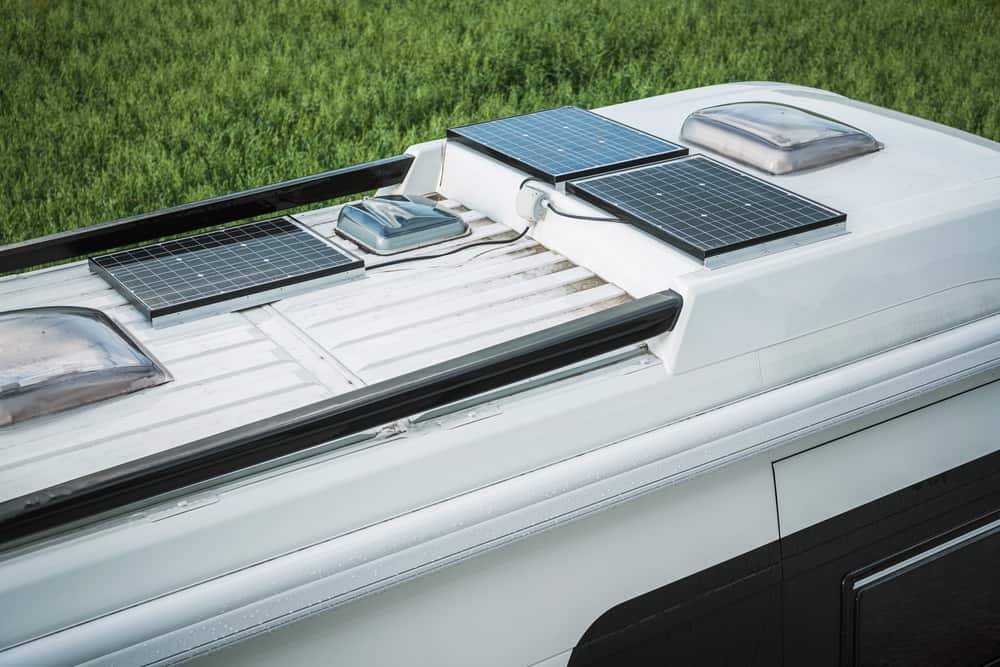
Due to their low efficiency, these panels should only be used where standard solar panels wouldn’t fit or make sense. Some common applications are RV roofs that are curved or very high already, such as 5th-wheels or A-Class RVs. They also work on camper vans.
Their most common application, however, is likely boats. There are solar-powered boats available now that depend on solar energy to run. However, standard solar panels are too heavy and stick out too much to be effective. This is where flexible solar panels come in.
They may produce less power, but you can fit them in more places than you can standard solar panels on a boat, which makes them more effective in the long run.
There has been talk of using them in more industrial situations as well, such as on the sides of silos, barn roofs that are not designed for heavy weights on the surface, and even sheds. (4)
Citations
- Li, X., Li, P., Wu, Z., Luo, D., Yu, H., & Lu, Z. (2021). Review and perspective of materials for flexible solar cells. Materials Reports: Energy, 1(1), 100001. https://www.sciencedirect.com/science/article/pii/S266693582030001X
- Kuchta, D. M. (2021, September 10). How Do Solar-Powered Boats Work? 7 Innovative Vessels That Run on Solar. Treehugger. https://www.treehugger.com/awesome-solar-boats-you-must-see-4857671
- P. (2022b, January 17). The Palmetto Guide to Understanding and Comparing Solar Warranties. https://palmetto.com/learning-center/blog/solar-warranty-guide-how-to-compare-solar-panel-guarantee
- Shayan, M. E., Najafi, G., Ghobadian, B., Gorjian, S., Mohamed, M., Samami, M., & Shabanzadeh, A. P. (2022, March 18). Flexible Photovoltaic System on Non-Conventional Surfaces: A Techno-Economic Analysis. Sustainability; MDPI. https://www.mdpi.com/2071-1050/14/6/3566
